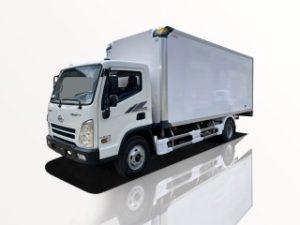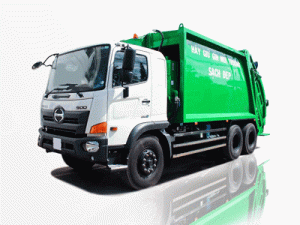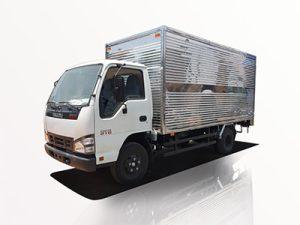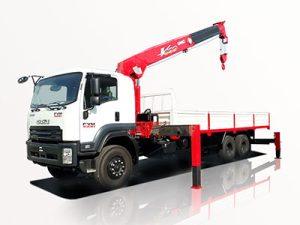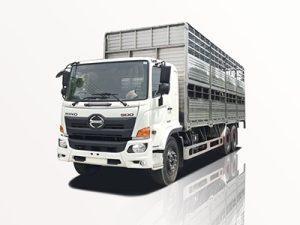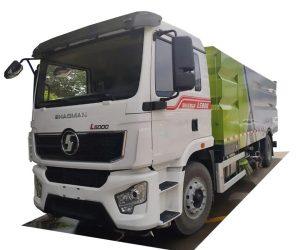Monday to Saturday - 8:00 -17:30
How Wide is a Garbage Truck? Understanding the Dimensions and Implications
Garbage trucks play a crucial role in waste management, helping keep our cities clean and pollution-free. While most people encounter garbage trucks regularly, few consider their dimensions, which can affect urban planning, road designs, and city infrastructure. In this article, we will delve into the width of garbage trucks, explore its relevance, and provide practical examples and tips.
Understanding Garbage Trucks
What is a Garbage Truck?
A garbage truck is a vehicle specifically designed for collecting and transporting waste materials. These trucks come in various sizes and types, catering to different needs, ranging from residential collection to commercial waste management.
Types of Garbage Trucks
- Rear Loader: A common type where the waste is loaded from the back. Typically smaller and more agile.
- Side Loader: These trucks have an automated arm that allows collection from the side of the road, often used for residential collections.
- Front Loader: Designed for large commercial dumpsters, where the front of the truck lifts to dump the waste.
- Compactor Trucks: Equipped with a compaction system to minimize the volume of waste collected.
General Dimensions of Garbage Trucks
Width of Garbage Trucks
The standard width of garbage trucks varies based on their design and purpose. Generally, most garbage trucks range from 7 to 8.5 feet (2.1 to 2.6 meters) in width. This width accommodates necessary mechanisms and provides stability when navigating city streets.
Factors Influencing Garbage Truck Width
- Purpose: Trucks used for heavy-duty waste management may be wider due to added equipment.
- Design: Automated and side-loading designs may have different widths compared to standard rear-loaders.
- Regulations: Local laws and regulations can dictate maximum width specifications.
Comparative Widths of Garbage Trucks
Residential Vs. Commercial Waste Trucks
The width of garbage trucks can differ significantly based on their intended use. Here’s a comparative breakdown:
| Type of Truck | Width (Feet) | Width (Meters) |
|---|---|---|
| Residential Rear Loader | 7 – 8 | 2.1 – 2.4 |
| Commercial Rear Loader | 7.5 – 9 | 2.3 – 2.7 |
| Side Loader | 8 – 8.5 | 2.4 – 2.6 |
| Front Loader | 8 – 10 | 2.4 – 3.0 |
| Compactor Truck | 8 – 9 | 2.4 – 2.7 |
Importance of Knowing Garbage Truck Width
Impact on Urban Planning
The width of garbage trucks influences how cities plan their streets, roads, and alleyways. Narrow streets may require alternative waste collection methods, while areas designed for wider trucks facilitate efficient garbage collection.
Safety Considerations
Drivers of garbage trucks must have ample space to maneuver. Knowing the dimensions helps avoid accidents, especially in crowded urban areas.
Driver Training and Community Awareness
Understanding the dimensions of garbage trucks can help train drivers and create community awareness about the careful navigation of these large vehicles, reducing risks for pedestrians and other road users.
Practical Examples of Garbage Truck Width in Action
Residential Collection Scenarios
In residential neighborhoods, regulatory and street design choices can limit the width of garbage trucks. For example, narrow streets often prefer rear-loading trucks under 8 feet wide to ensure legal compliance and operational safety.
Commercial Collection Strategies
In commercial areas, businesses often generate greater waste volumes; thus, front-loading trucks are utilized for their size and efficiency. This requires road designers to account for the larger width of 8 to 10 feet to ensure ease of access and functionality.
Tips for Residents and Businesses Regarding Garbage Truck Width
Preparing Your Waste for Collection
- Placement: Ensure waste containers are placed at least 3 feet from vehicles and obstacles to allow space for the truck.
- Container Size: Choose containers that fit within the width limits of the truck for efficient collection.
Report Road Conditions
If you notice narrow streets or road obstructions impacting garbage truck access, report these issues to local authorities to improve collection processes.
Frequently Asked Questions (FAQ)
1. What is the average height of a garbage truck?
The average height of a garbage truck ranges from 10 to 12 feet (3 to 3.7 meters), depending on the type and design.
2. How much weight can a garbage truck hold?
Garbage trucks can typically hold between 10,000 to 30,000 pounds (4,500 to 13,600 kilograms) of waste, depending on their size and design.
3. Why are garbage trucks often seen on the same day every week?
Garbage collection schedules are organized by local municipalities that designate specific days for waste collection to streamline the process and ensure efficient service.
4. Do all garbage trucks have the same width?
No, garbage trucks come in various sizes and widths based on their design, purpose, and the types of waste they handle.
5. How do garbage truck dimensions affect street design?
Street designs must accommodate the width and height of garbage trucks to ensure they can safely navigate without restrictions, influencing lane sizes and turn radii.
6. Are there any environmental considerations regarding garbage truck sizes?
Yes, larger trucks may lead to increased emissions, influencing fleet decisions towards more eco-friendly designs and practices to minimize environmental impact.



